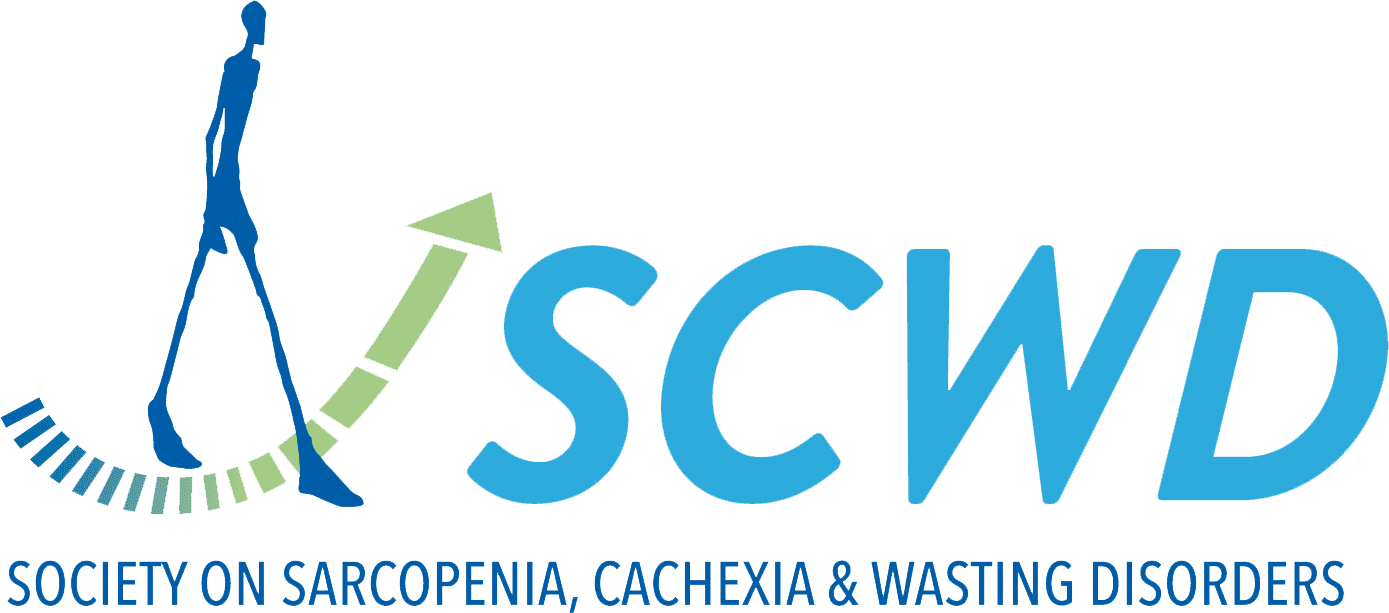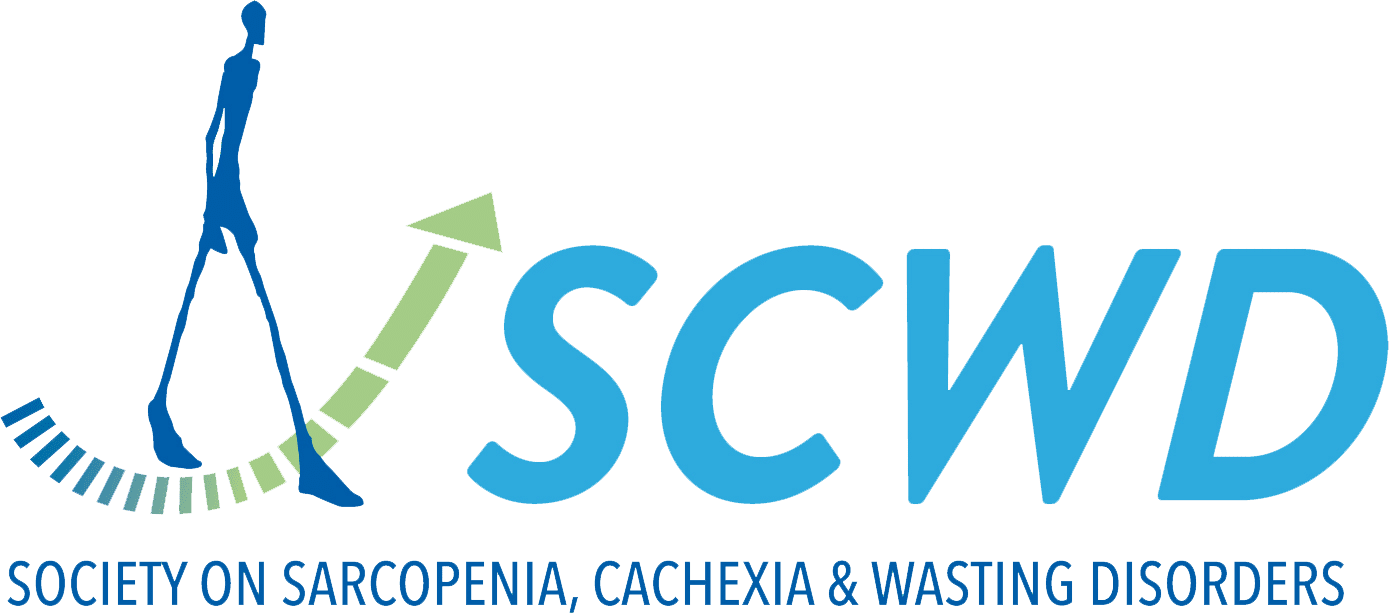Symphony of regulated cell death: Unveiling therapeutic horizons in sarcopenia.
Sarcopenia is a progressive musculoskeletal condition associated with aging, marked by a decline in muscle mass, strength, and performance. This condition not only compromises functional independence in older individuals but also contributes to escalating healthcare and economic burdens. Although the...


